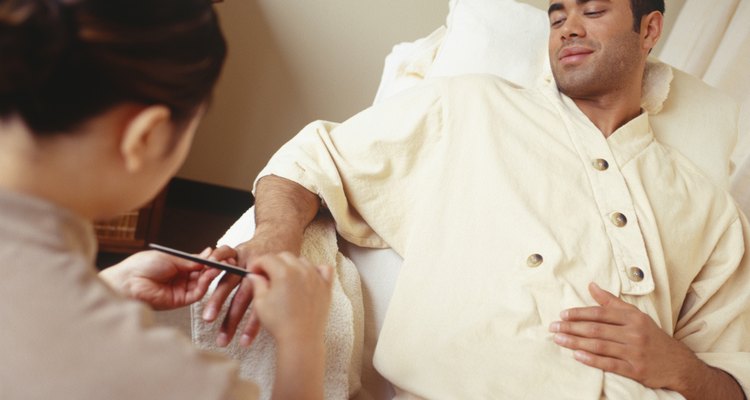
Steve Mason/Digital Vision/Getty Images
Acetone-based nail polish removers contain strong solvents that strip away the natural oils in the fingernails, causing them to become brittle and dry. Acetone also irritates the skin around the nails and cuticles. Fortunately, there are natural remedies available to repair the damage done to your nails from acetone.
Alternatives
The best way to avoid acetone damage is simply not to use a product that contains it. Acetone is a powerful chemical that not only quickly dissolves nail polish but is also used commercially to dissolve substances such as varnishes, paints, waxes, glues and plastics. According to the National Library of Medicine, exposure to high levels of acetone can cause headaches, fatigue, dizziness, nausea and nose, throat, lung and eye irritation. ?
Purchase nail polish removers that state on the label that they're acetone-free. Harvard University Women's Health Watch recommends staying away from acetone-based nail polish removers to avoid drying out the nails. Acetone-free nail polish removers can be found at most drug stores.
You can also consider buying peel-off nail polish. Peel-off nail polish is available in the same variety of colors as regular nail polish, but it comes off without the application of acetone or other nail polish remover. After you apply the peel-off polish, add a layer of your usual topcoat to prevent the polish from peeling off prematurely. When you’re ready to remove the polish, it will peel off easily in strips.
You can also make your own nail polish from the henna herb. Henna is a stain that will remain on your nails until they grow out. Combine red henna and water in a bowl and stir until it becomes a fine paste. Paint the henna on your nails using a small paintbrush. Allow your nails to air-dry.
Healing Acetone-Damaged Nails
Massage a moisturizing cream directly into the nails and cuticles twice a day. Look for a cuticle cream with as many natural skin-healing ingredients as possible, such as shea butter, aloe vera and vitamin E.
You can also try a natural remedy. Put three drops of lemon essential oil, three drops of lavender, three drops of rosemary and an ounce of jojoba oil into a dark glass bottle. Massage a few drops onto your nails before going to sleep.
Wear rubber protective gloves while doing household chores to protect your nails and skin as they're healing. Use dish soap that contains all-natural moisturizing ingredients rather than harsh cleaning chemicals.
Include more vitamin A, biotin and calcium in your diet to help heal your damaged nails. According to Harvard's Women’s Health Watch, the B vitamin biotin helps reduce nail splitting and increases the thickness of brittle nails. Vitamin A helps heal broken fingernails, and calcium is vital for building cartilage for strong bones and nails.
Related Articles

How to Repair Damaged Nails

How to Treat a Cracked Nail

How to Make Your Nails Hard
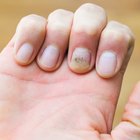
How Do I Get Yellow Stains Out of My ...

How to Take Care of Nails After Acrylics

Do Nails Grow Faster With or Without ...

Can Sweet Almond Oil Be Used to Soften ...

How to Treat Dry Nails

How to Soak Off Acrylic in Pure Acetone

The Best Products for Thin Peeling ...
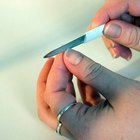
How to Regrow Nails
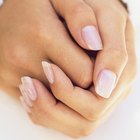
How to Make Nails Look Hard Without ...
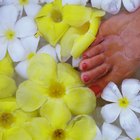
How to Make a Cuticle Exfoliate

How to Get Acrylic Nails Off at Home ...
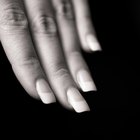
How to Remove Fake Nails Without Pain ...
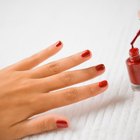
Why Would Nail Polish Crack After ...
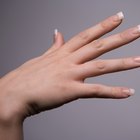
How to Get Natural-Looking Acrylic Nails

Will Cream of Tartar Whiten Teeth?

How to Change Polish on Acrylic Nails

How to Soak Acrylic Nails off in Nail ...